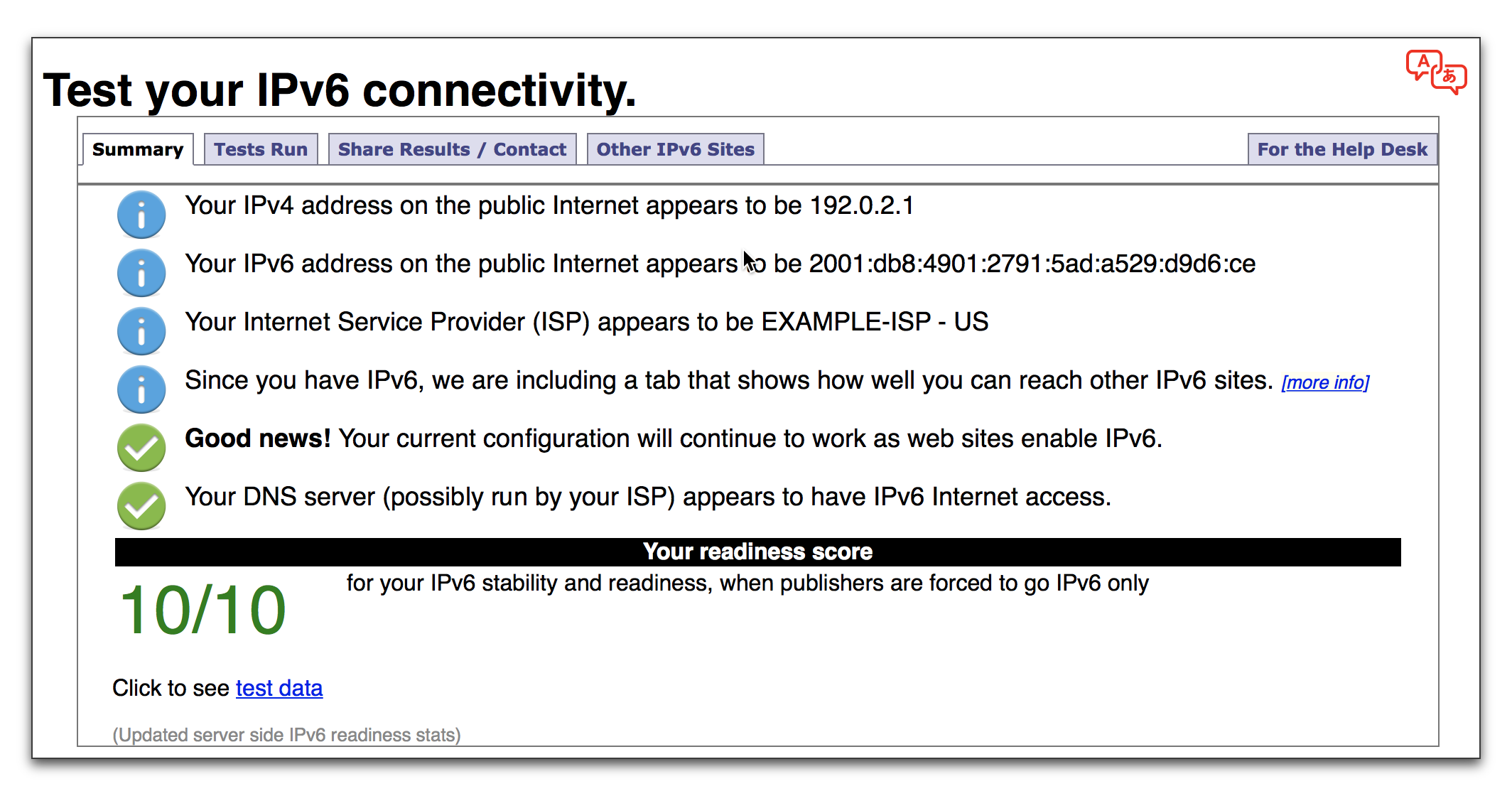All that populates on mine but it has no external connectivity. I plug the ISP supplied Router back in (Linksys) and it all works fine.Works for me...

imgur.com
Discover the magic of the internet at Imgur, a community powered entertainment destination. Lift your spirits with funny jokes, trending memes, entertaining gifs, inspiring stories, viral videos, and so much more from users.imgur.com

imgur.com
Discover the magic of the internet at Imgur, a community powered entertainment destination. Lift your spirits with funny jokes, trending memes, entertaining gifs, inspiring stories, viral videos, and so much more from users.imgur.com

imgur.com
Discover the magic of the internet at Imgur, a community powered entertainment destination. Lift your spirits with funny jokes, trending memes, entertaining gifs, inspiring stories, viral videos, and so much more from users.imgur.com
Does it pass on https://test-ipv6.com/
I am just testing it on OPNsense to confirm.
Edit: OPNsense has the same behaviour, hmmmm

Last edited:





